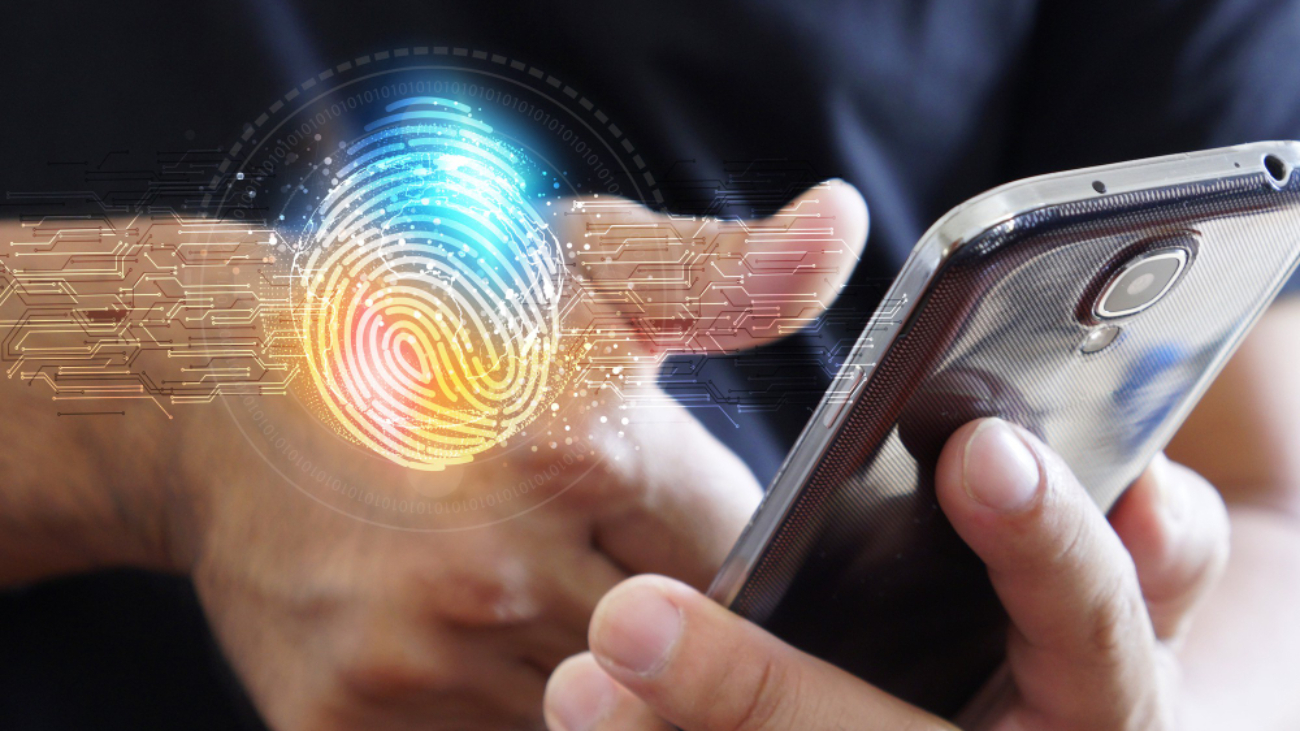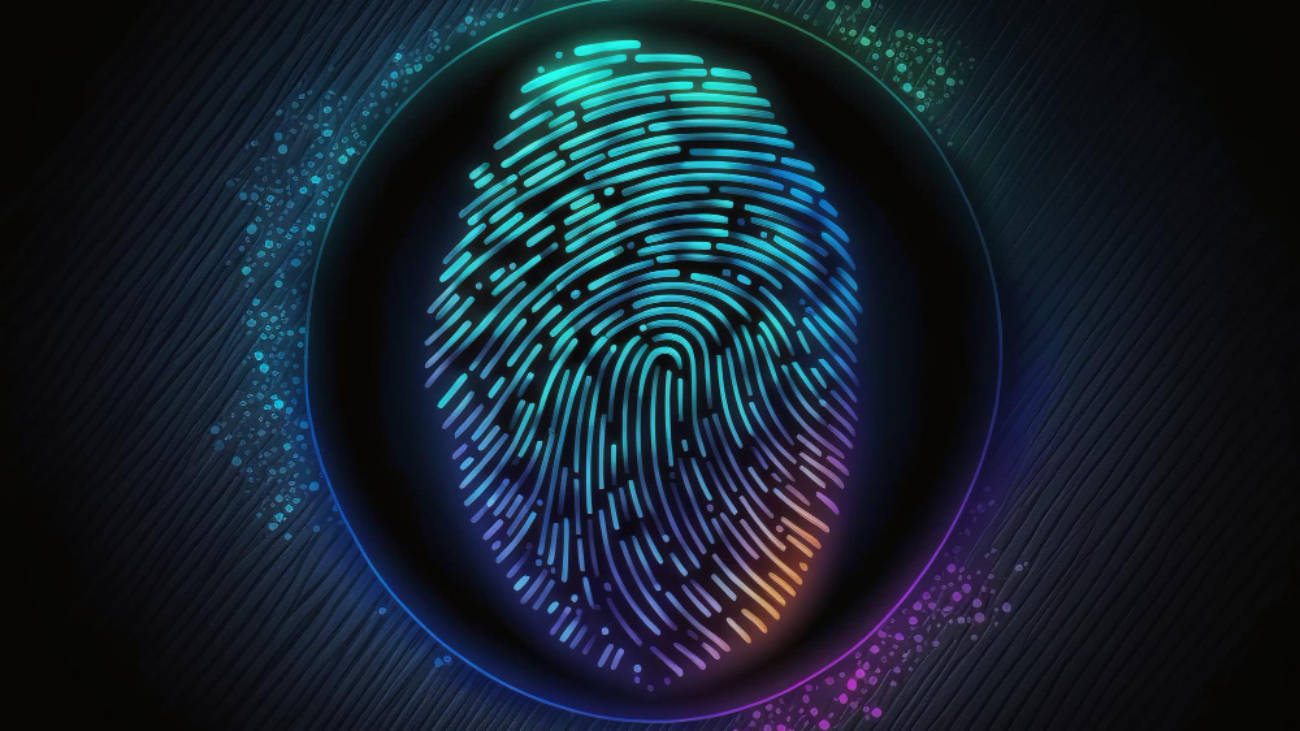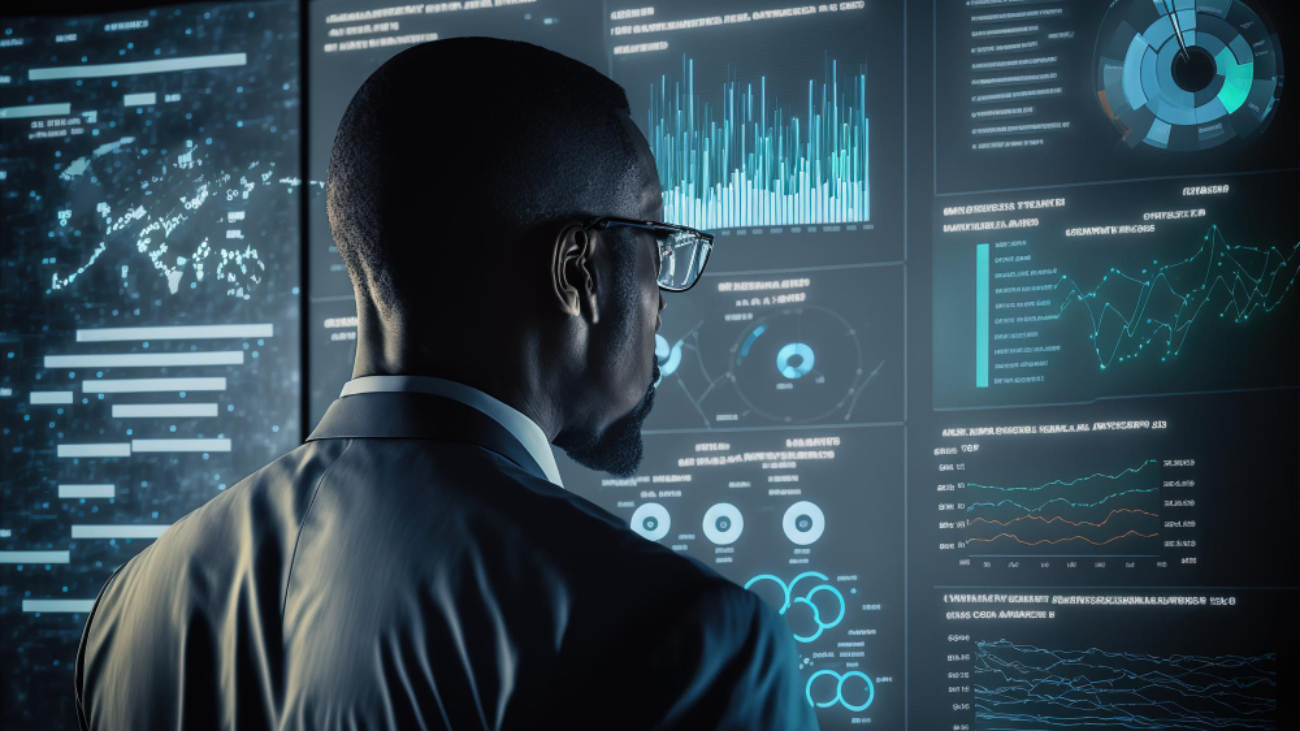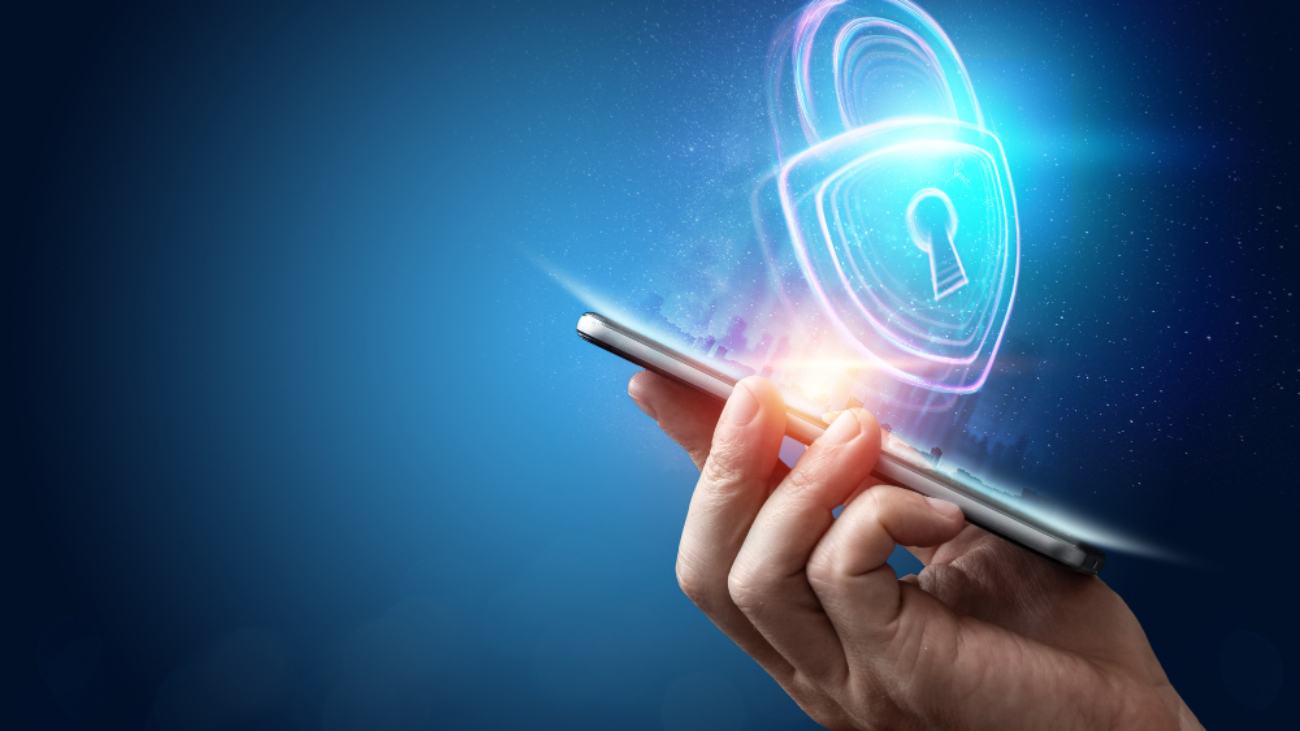Biometric authentication is increasingly the foundation for security in digital and physical realms observed Bahaa Abdul Hadi. Among the commonly used systems are fingerprint and facial recognition, while new biometrics like eye iris, vein and ear have started gaining traction.
This new generation of technology offers far greater security and accuracy, paving the way for authentication methods that are both secure and user-friendly.
Iris Recognition: The Window to Identity
Iris recognition remains one of the most accurate and secure biometrics in existence. The iris, which constitutions colored part of your eye, has a complex pattern that is unique to each individual and remains stable over time. It makes for ideal identity verification.
In the process of iris recognition, the iris eye is photographed by a high-resolution camera which converts the image into a template. These templates Themselves are then compared to stored records for identification. With such a high degree of accuracy, iris recognition is now appearing in sensitive areas like airports and places where Government departments operate.
Advantages:
- Non-invasive: Unlike fingerprinting, iris scanning does not make contact and is therefore kirn to hygiene.
- Highly secure: The unique nature of iris patterns makes them very resistant to forgery or replica.
Vein Recognition: A Magical Light Hand
Vein recognition relies on the specific patterns of veins beneath the skin, usually on the hand or finger. Because these patterns are internal and shielded from outside change by flesh, this system holds many safety trump cards. In order to protect against spoofing, vein recognition systems use invisible infrared lights to illuminate the vein pattern of light reflected off it and convert this into a vein image.
Depending on the specific biometric system used, this method relies on photographing the veins directly beneath the skin with a special light that only shows up on film when in contact with hidden veins (infrared technology). Since the veins are internal and hidden, they thus add an extra layer of security that is very difficult to fake.
Ear Recognition: The Unconventional Biometric
Ear recognition may sound unconventional, but it is gaining as a viable biometric solution. The shape and size of the ear are unique to each person and remain relatively stable over time. Ear recognition systems capture detailed 3D images of the ear and use these as proof of identity.
Working of the mechanism is predicated on erecting a map that includes not only the basic structure of the ear, but its ridges, curvature and shape as well. While it’s not as common as systems like iris or vein recognition, ear biometrics are a promising new bottom-up field to explore, particularly in the areas of applications where other biometric methods may not be effective.
Advantages:
- Non-invasive: As with iris, and vein recognition, ear recognition avoids any physical contact.
- Performs well in low light: The distinctive shape of the ear makes it work effectively in a variety of lighting conditions.
Why These Biometrics are the Future
Compared with older methods of identification, such as fingerprints and facial recognition, iris, vein, and ear recognition systems incorporate a higher level of security. All of them are unique to their owner, difficult spoof, and offer a great level of accuracy–thus fitting the bill for high-security environments.
- Enhanced Security: Each biometric method has its own unique modalities that are difficult for thieves to reproduce. This greatly reduces the risk of fraud.
- User-friendly: Most of these systems are non-contact and basically invisible. That makes the user experience more convenient and also, from a hygiene standpoint, a plus.
Conclusion
The future of biometric technology seems to be in the fields of iris, vein, and ear recognition. Each method has its own unique advantages in terms of both security and convenience. But only these three kinds will remain exclusive for several years to come.
As technologies continue to be developed, they are sure to be speedily introduced into any number of applications, from mobile devices with communication features, to many kinesiology-based secure government facilities. Thank you for your interest in Bahaa Abdul Hadi blogs. For more information, please visit www.bahaaabdulhadi.com.







